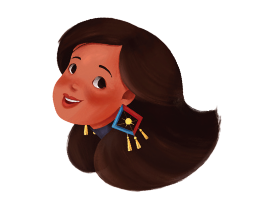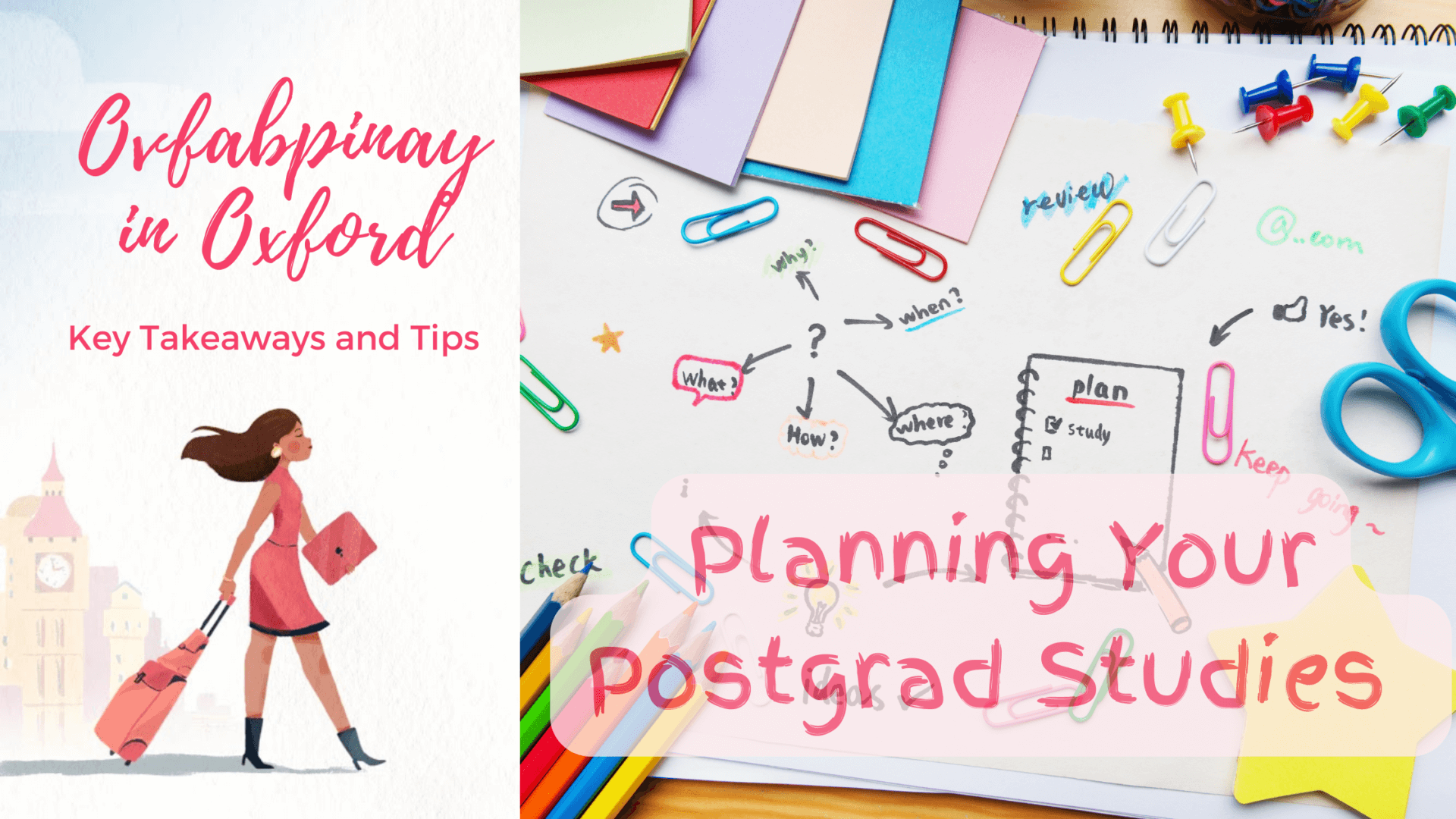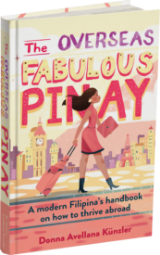“That’s it!” At 7pm sharp on February 20, 2021, the second module lectures of my postgrad studies have ended. Our topic: Innovation Strategy.
It was once again intense, exciting, confusing at times and also fun. The fact that the class is now somehow familiar with each other (despite not meeting in person) made it more relaxed and fun during the discussions and breakouts.

Compared to module 1, I came barely prepared for the week-long zoom course. We had 3 books, numerous articles and a couple of case studies to read. However when the list came out, it was at the height of our module 1 exam preparations.
I only received the books a day before the lectures ended. We were given access to the digital versions of the books but somehow, it was hard for me to focus. I only managed to read 1 book. I still prefer physical books especially if they are of the text book kind.
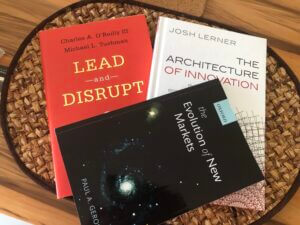
Come lecture time…I felt quite lost at the beginning. Overall there’s a lot of content to digest – Technology S curve, Disruptive S curve, nascent markets, ACCORD, SPOC, the different aspects of the Technology-Markets-Organization aka TMO framework for innovation strategy.
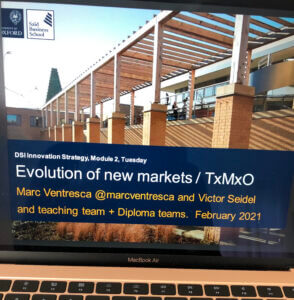
One thing that I liked very much is being able to differentiate on the meaning of invention vs innovation. Innovation is the commercialization of an invention. Inventing something will only be worthwhile if it’s actually put into practical use through commercialization.
There were also interesting facts on the worldwide adoption of technology. That it can take years…even decades for the whole world to adopt it. For instance, have you ever wondered how long it took for toilet flushes to be adopted worldwide? Take a look below.

I found this cool website ourworldindata.org that has some research data on technology adoption, and it also has some interactive charts. Suddenly I am reminded of the quote that our professor shared during our lecture:

Another thing that I enjoyed very much is the IDEO shopping cart design video. The video was used to illustrate the SPOC (Systems, People, Organization, Culture) framework in how to organize a company for innovation.
Then there’s the topic of platforms. I had very high expectations on this topic but unfortunately I didn’t feel like I learned much. What stuck to me though is, if you ever want to build a platform, which supply and demand do you want to connect? What value will you bring by connecting the two?
The topics on open innovation and crowdsourcing were also interesting. Open innovation just stresses how a company can leverage on nonmarket partners-government, NGOs, research institutes, universities, etc. to enhance or escalate its innovation efforts. Crowdsourcing on the other hand seems more like a transactional approach where if you have an innovation topic or problem to solve, you share it to the public to obtain the solution. We had the famous Netflix Prize as our case study to better understand crowdsourcing.

It’s been over a week since module 2 and well, I did need a few days for my mind and body to recover from the intense week of lectures. I am however aware that I definitely have to catch up on readings and revisit the lecture slides in the hopes that the concepts will stick. We were told that there will also be additional tutorial sessions so fingers crossed they will really be helpful. I’m already looking forward to study group sessions…it is indeed better to have more heads than one on this!
